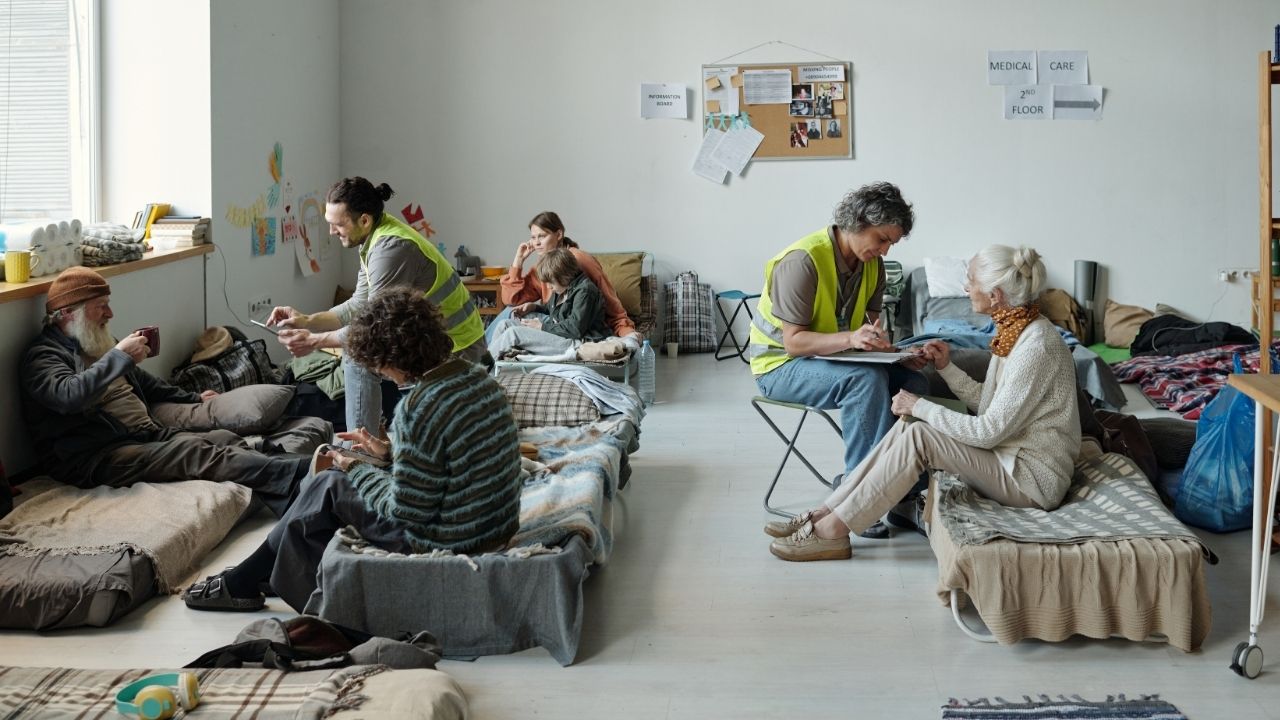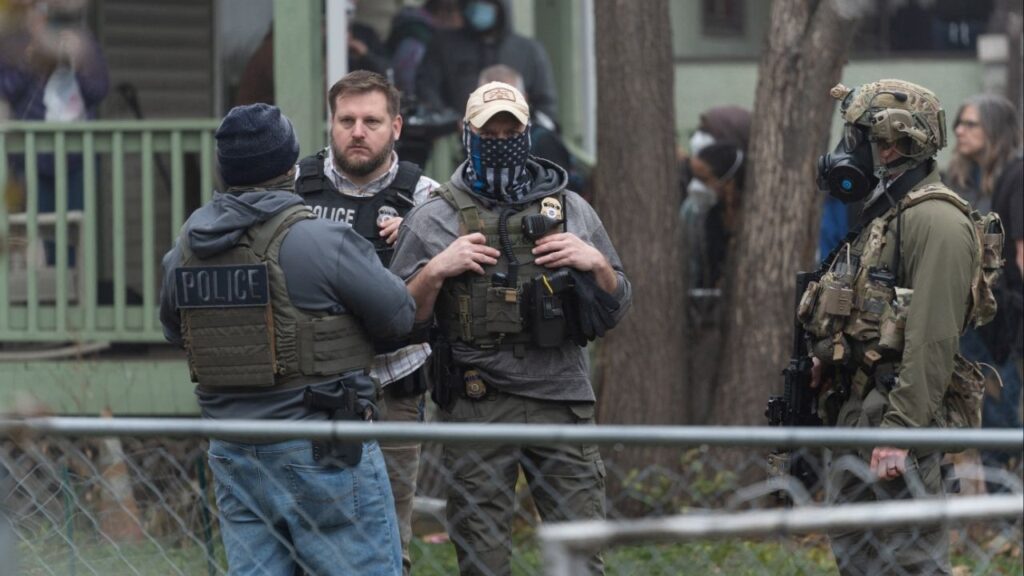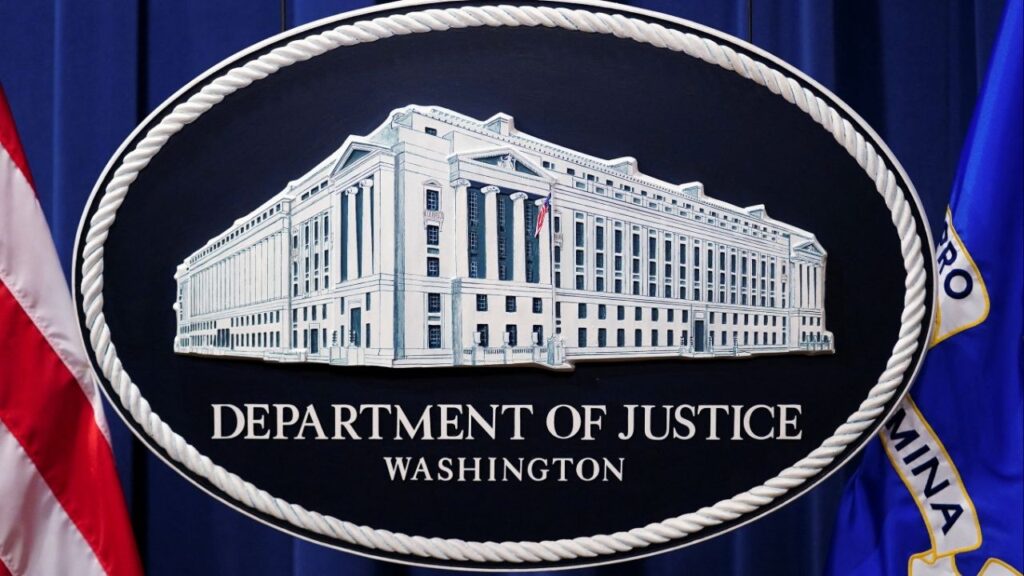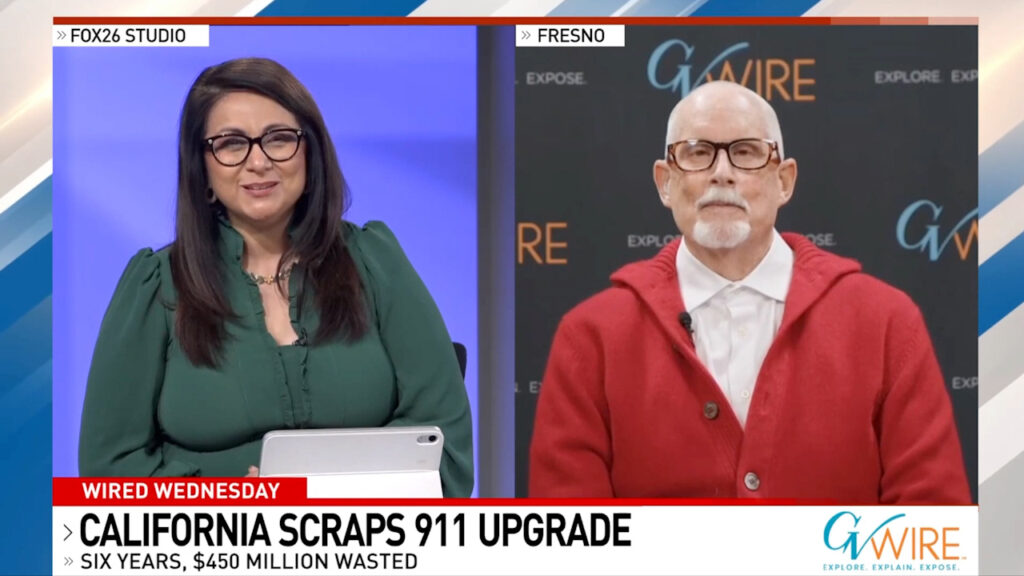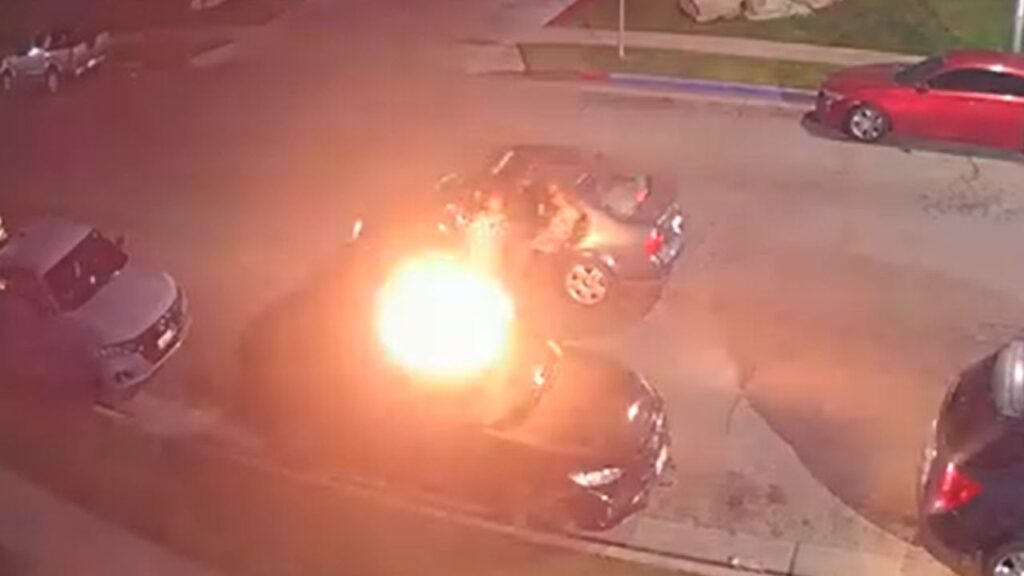More than 100 homeless shelter beds in Fresno are disappearing as state and federal funding sources dry up, and 331 more could go away by June 2026. Nonprofits are scrambling for additional funding to meet the need. (Shutterstock)

- Fresno Housing is closing two homeless shelters because of a lack of funds. More closures may be coming soon.
- Though shelter funding sources are drying up, nonprofits are striving to keep their beds open.
- Fresno Mission CEO Matthew Dildine has been at the White House several times in the past few months seeking help.
Share
|
Getting your Trinity Audio player ready...
|
Fresno will lose more than a hundred much-needed homeless shelter beds by year’s end, GV Wire has learned.
In addition, another 331 shelter beds could close by June 2026 as state and federal funding sources dry up.
That means finding beds for people in need will fall more and more at the hands of nonprofits facing the same funding cuts as local governments.
Operations are already wrapping up at one of Fresno Housing’s temporary housing shelters, the Golden State Triage Center. It is set to close on Saturday. Only a few people remained at the converted hotel that could house 50 people, a worker told GV Wire. Most have been relocated.
By Dec. 31, Fresno Housing will also close its 76-unit Journey Home shelter because of federal funding cuts.
In total, funding for 795 low-barrier beds could dry up by 2028, according to a list acquired by GV Wire that was verified by local government officials and nonprofit leaders.
Fresno Mayor Jerry Dyer and county supervisors Luis Chavez and Nathan Magsig are hosting a workshop today to find a solution, according to an agenda sent to GV Wire.
Requests for comment from the city administration were not returned. Chavez said he could not yet comment.
A Return to Shelters Way Beyond Capacity?
Fresno Mission CEO Matthew Dildine called the situation “DEFCON-4.”
He said without solutions, the future could be a return to the pre-pandemic era when organizations like his were largely on their own to keep people housed — only with homeless rates higher than before.
He said at that time, the organization put people wherever they could find space — “on mats, on mattresses, on floors, everywhere.”
“My fear is what’s going to happen is now we have even more homeless in our community. Now, all the bed spaces we used during COVID are gone,” Dildine said. “My fear is we’re going to go back to a situation where the Fresno Mission is going to be at 250% capacity or whatever it might be. That’s not sustainable for us. It’s hard to shelter that many people and do it well.”
Fresno Mission Wants a Bed for Every Family This Winter: Dildine
Dildine said he gives a lot of credit to the city and county for working on a solution to make sure beds are available. Fresno Mission has 180 beds that it’s preparing to open by Dec. 1. Staff have been reaching out to churches for funding.
“I want to make it so no family is turned away this winter, so not one kid has to sleep outside this winter,” Dildine said. He wants to make the same pledge for women, but said that is harder because of resource logistics.
Dildine has been to the White House several times in the last month trying to secure additional funding in anticipation of the loss of shelter beds. He said he’s optimistic about a new source of federal funds that the nonprofit hasn’t previously received.
“Most of our focus is on how to expand the shelter because those are all closing. There’s going to be so many people that are not only hungry, they need access to actual shelter,” Dildine said.
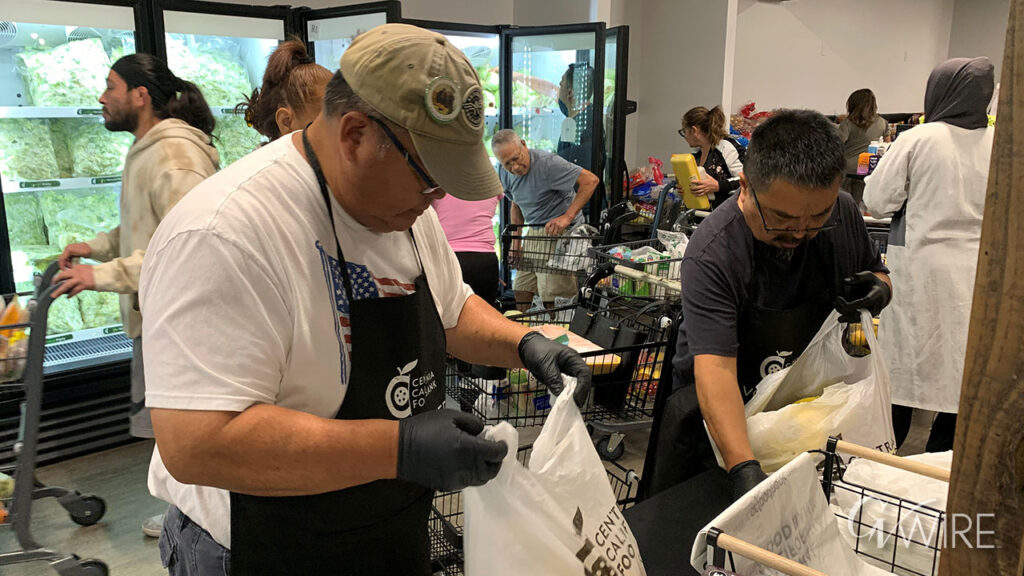
Cities, Nonprofits Knew Shelter Money Temporary
Cities and nonprofits have long known that funding for shelter beds was only temporary. In fact, Fresno Housing announced in July its two shelters would be closing.
The 106-unit Valley Inn and 150-unit Travel Inn could also shut down without a funding injection from the Fresno City Council, said Katie Wilbur, executive director of RH Community Builders and the vice chair of the board for the Fresno Madera Continuum of Care.
The Continuum of Care is seeking a 6-month extension for Valley Inn and a 12-month extension for the Travel Inn.
Previous contracts for those facilities were for $25,000 a bed per year, she said.
Most of the of beds acquired during the HomeKey program — the state effort to purchase and transform motels and hotels — were intended to become permanent housing.
Facing a $12 billion budget deficit, the state’s eliminated its Homeless Housing, Assistance, and Prevention grants in the 2025-26 budget, only earmarking $500 million for the 2026-27 year, though that has not been guaranteed.
“Any time is a hard time for beds to come offline, but especially during the holidays and the cold season, it means that the availability of shelter beds is getting lower in our community and we typically see few open beds to begin with,” Wilbur said. “When you’re talking about reducing that capacity, it is going to continue to get harder to get into shelter.”
Need Doesn’t Stop, but Funding Does: Marjaree Mason
When government funding is cut or eliminated, many nonprofits turn to donors to fill the gap.
For example, the city pays for 12 beds and the county for 15 beds at the Marjaree Mason Center that could be lost, according to the closure list obtained by GV Wire.
However, that doesn’t mean that Marjaree Mason stops using those beds, said Ashlee Wolf, spokesperson for the nonprofit.
“As a community, we must ask ourselves whose responsibility it is to provide for survivors’ needs. When funding runs out, the burden returns to the taxpayers and philanthropy to assure these essential programs have the resources to continue,” Wolf said.
Another challenge facing Marjaree Mason is that their operating model makes it hard to compete for federal funding, Wolf said.
The U.S. Housing and Urban Development favors high bed utilization and people going to permanent housing after leaving a shelter.
Because it supports domestic violence victims, Marjaree Mason doesn’t combine families in the same room because many are recovering from trauma, Wolf said.
Also, because domestic violence survivors often return to the homes of their abuser, Marjaree Mason doesn’t always exit people to permanent housing.
State Passes Law, but Doesn’t Fund It
A 2022 law, SB 914, helps take into account the unique needs of unaccompanied women and domestic violence shelters. However, Wolf said there still isn’t dedicated funding to ensure that survivors’ housing needs will be met.
Wolf said there’s a “blurred line between government and nonprofit work in providing social services.”
Data collection and financial reporting requirements have increased while government grants remain stagnant or are cut.
“In general, government expects nonprofits to do the same work without steadily increasing funding, continually putting them at odds,” Wolf said.


